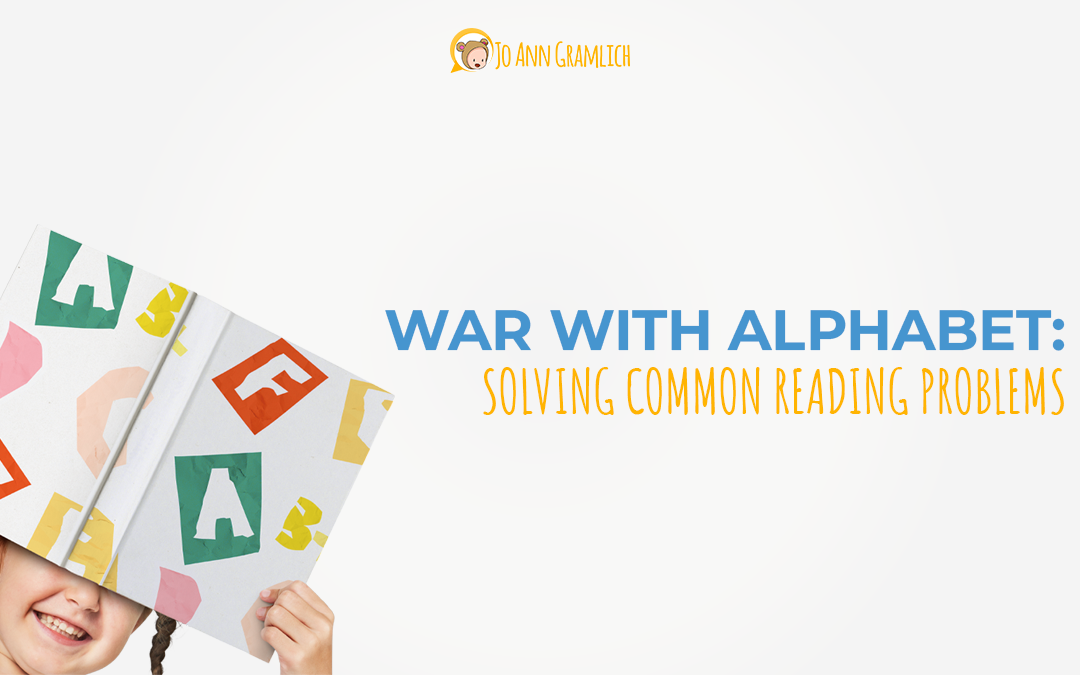Various factors may affect children’s ability to read. An excellent way to help them better grasp it is by providing suitable material for them to practice. And Jo Ann Gramlich’s book on interactive activities for infants, toddlers, preschoolers is the best example.
It’s long been established that reading plays a huge role in children’s development. In fact, it plays a massive role in life, regardless of age.
But for children, reading primarily contributes to their vocabulary development, directly affecting their communication ability. It also cultivates their emotional growth. This means reading not only helps children academically, but also helps them build lasting relationships.
Reading is essential in children’s growth. However, this doesn’t mean that the ability comes to them naturally. Some may be considered fast learners and grasp alphabetic concepts and grammatical skills pretty quickly while others may struggle and need a great deal of assistance and support to learn basic skills and concepts.
Factors Affecting Children’s Reading Abilities
Research indicates that children that are not exposed to reading or listening activities have a greater chance to fall behind those with prior practice and exposure. Children’s learning environments also play a big role in this development. Teaching styles and the presence or absence of distractions impact how children quickly can grasp concepts. Children also learn in different ways and at different rates. Not everyone will learn following the same manner.
Common Reading Problems in Children
There are many children of various ages who struggle and experience unique reading problems. Given this, there are numerous reading problems to identify in children. Some may even be challenging and difficult to determine. However, there are three most common and recurring patterns. Three areas of difficulty include decoding, poor comprehension, and fluency and speed.
Decoding Issues
The essential skill in reading is translating the written text into verbal sounds. When people read, their brains produce mental sounds associated with what they’re reading. However, some children may experience difficulties putting these sounds into written language. This problem is especially common with beginner readers who find the tasks to be to complex and unfamiliar to them. Upon reading, children who suffer from this may look hesitant to proceed with the following line. They may stop reading and look up, subtly calling for help. Others may even avoid reading the whole text containing the particular word or words altogether.
Adults should first approach this problem with phonics instruction. The teaching adult may write the word down and slowly read it sound by sound followed by slowly blending the sounds together to form the word. The child will then be asked to repeat and follow this same task. Once the child successfully reads the word smoothly, this doesn’t mean they are good to go and proceed to the next. Repeated practice should always follow after the first successful attempt. This allows the child to practice sounding out words and blending the sounds to form words.
Poor Comprehension
Reading doesn’t only stop at the child’s ability to pronounce words smoothly. It also includes the ability to understand the meaning of words, phrases, and sentences. This is where things get complicated and opportunities for processing language are important and necessary.
When children encounter words, they aren’t familiar with, they may skip reading them. The more lines they’ve skipped, the harder it will be for them to understand what they’re reading. Therefore, adults should proactively guide children through the material they’re reading. This allows them to step in and explain what word or words mean within the text whenever the child encounters difficulty during reading comprehension tasks.
Reading Speed
Among these issues, reading speed is perhaps the least of one’s concerns as this can be solved through constant practice. However, there may also be instances when it’s a reoccurring matter. If this happens, it’s best to look into the child’s ability to process language and the printed word.
As children read, they subconsciously understand or imagine what they’re reading. If they’re reading slower than usual, this may signify issues in understanding. To help them with this, constant practice and exposure are also the best approaches. It may be best to expose children to easier material and move up once there’s a significant improvement in their speed both in articulation and processing.
Regarding reading materials, books need to be as simplistic as possible to work more effectively. Jo Ann Gramlich’s book on interactive activities for infants, toddlers, and preschoolers provides some of the best-guided exercises for children. The book categorizes these activities in a way that they gradually increase in complexity, which is perfect for building mastery and understanding of the language.
- Talking Some Sense: Parental Communication Through the Ages - September 12, 2023
- Setting a Good Example: How Children Inspire Adults - August 11, 2023
- Transforming Screen Time into Interactive Reading - July 25, 2023

Recent Comments